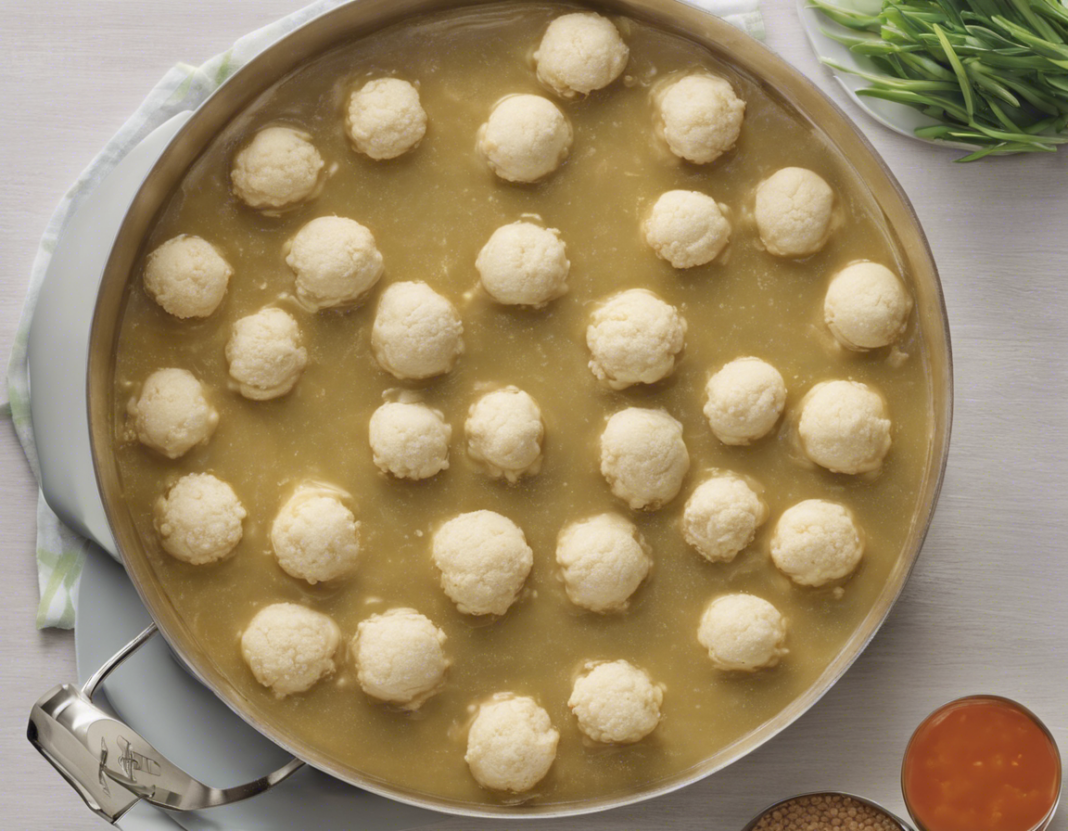In the culinary world, the key to creating mouthwatering dishes lies not only in the skills of the chef but also in the quality and selection of ingredients used. When it comes to analyzing a recipe, understanding the key ingredients and their role in the final product is crucial. Each ingredient contributes its unique flavor, texture, and function to the dish, and knowing how to identify and assess these elements can elevate your cooking to a whole new level.
Understanding Key Ingredients in a Recipe
The Foundation: Base Ingredients
Every recipe has a set of foundational ingredients that form the base of the dish. These are typically staples such as flour, sugar, salt, oil, and butter. Base ingredients provide structure, flavor, and balance to the dish. For example, flour is essential for baking as it gives structure to cakes and bread, while salt enhances flavors and balances sweetness.
Flavor Enhancers: Herbs and Spices
Herbs and spices are like magic wands in cooking, transforming a dull dish into a flavorful masterpiece. Ingredients such as garlic, ginger, cumin, paprika, and rosemary add depth and complexity to recipes. They can be used to season, marinate, or garnish dishes, enhancing their overall taste profile.
Textural Elements: Proteins and Vegetables
Proteins like chicken, beef, tofu, and eggs contribute to the texture of a dish, making it hearty and satisfying. Vegetables such as carrots, bell peppers, and zucchini add color, nutrients, and crunchy texture. Understanding how proteins and vegetables interact in a recipe can help you create a well-balanced and visually appealing dish.
Binding Agents: Eggs, Dairy, and Sauces
Eggs and dairy products like milk, cheese, and cream act as binding agents in recipes, holding ingredients together and adding richness and moisture. Sauces such as tomato sauce, soy sauce, and vinegar provide acidity, umami, and depth of flavor. These ingredients not only enhance taste but also help achieve the desired consistency in the final dish.
Sweeteners and Flavors: Sugar, Honey, and Extracts
Sugar, honey, and vanilla extract are common sweeteners used in baking and dessert recipes. They add sweetness and aroma, balancing out other flavors in the dish. Extracts like vanilla, almond, and lemon can elevate the taste of a recipe, giving it a distinctive flavor profile.
Analyzing the Role of Key Ingredients in a Recipe
Flour
- Function: Provides structure and texture to baked goods.
- Types: All-purpose, whole wheat, cake flour.
- Substitutes: Almond flour, coconut flour, gluten-free flour blends.
Salt
- Function: Enhances flavors, balances sweetness.
- Types: Table salt, kosher salt, sea salt.
- Substitutes: Soy sauce, miso paste, tamari.
Herbs and Spices
- Function: Add aroma and flavor complexity.
- Common choices: Garlic, onion, cumin, paprika.
- Pairings: Basil with tomatoes, cinnamon with apples.
Proteins
- Function: Contribute to the texture and satiety of the dish.
- Options: Chicken, beef, tofu, legumes.
- Cooking methods: Grilling, braising, sautéing.
Dairy
- Function: Adds richness and moisture to recipes.
- Varieties: Milk, cream, cheese, yogurt.
- Alternatives: Plant-based milk, nut cheese, coconut cream.
Sweeteners
- Function: Balance flavors, add sweetness.
- Choices: Sugar, honey, maple syrup, agave.
- Healthier options: Stevia, dates, monk fruit extract.
Tips for Ingredient Selection and Substitution
-
Fresh is Best: Whenever possible, opt for fresh ingredients over processed ones for better flavor and nutritional value.
-
Seasonal and Local: Choose seasonal and locally sourced ingredients for optimal freshness and eco-friendliness.
-
Read Labels: Be mindful of allergens, additives, and preservatives in packaged ingredients to make informed choices.
-
Experiment: Don’t be afraid to play around with ingredient substitutions to cater to dietary preferences or food intolerances.
-
Balance Flavors: Aim for a harmonious blend of sweet, salty, sour, bitter, and umami flavors in your recipes for a well-rounded taste experience.
Frequently Asked Questions (FAQs)
Q: Can I replace butter with oil in a recipe?
A: Yes, you can substitute oil for butter in many recipes, keeping in mind that the texture and flavor may be slightly different.
Q: How can I make a recipe gluten-free?
A: Use gluten-free flours like almond flour, rice flour, or a gluten-free flour blend as a substitute for wheat flour in recipes.
Q: What can I use as a vegan alternative to eggs?
A: Ingredients like flaxseed meal, chia seeds, banana, or silken tofu can be used as egg replacements in vegan recipes.
Q: Are dried herbs and spices as flavorful as fresh ones?
A: While fresh herbs and spices have more vibrant flavors, dried ones are convenient and can be just as potent if stored properly.
Q: How can I reduce the sugar content in a recipe without compromising taste?
A: You can try using natural sweeteners like stevia, monk fruit, or reducing the amount of sugar and compensating with other flavor enhancers like vanilla or spices.
In conclusion, understanding the key ingredients in a recipe and their roles is essential for creating delicious and satisfying dishes. By mastering ingredient selection, substitution, and flavor pairing, you can elevate your culinary skills and delight your taste buds with every meal you prepare. Experiment, explore, and have fun in the kitchen as you discover the magic of ingredients in bringing your recipes to life.






